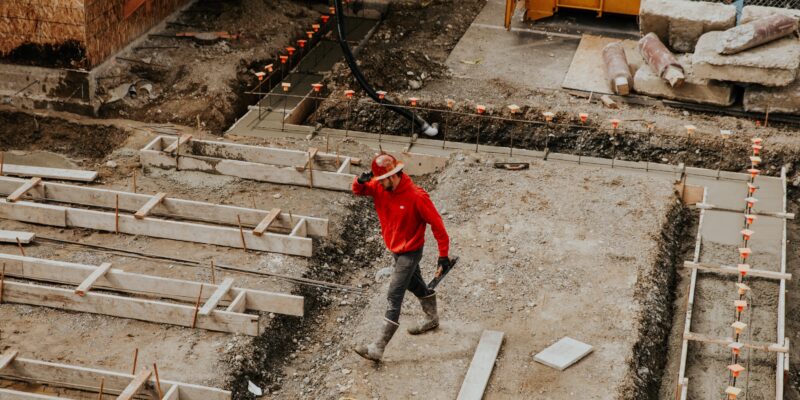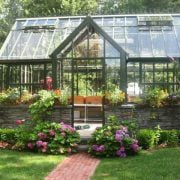A retaining wall is a structure that holds or retains soil behind it. There are many types of retaining walls used for commercial construction projects, and the design considerations for each type vary depending on the function of the wall and the material it is made from.
Contractors look at various factors when choosing retaining walls for their commercial building projects. We have compiled a list of the top five things beginner contractors must consider when choosing a retaining wall.
Wall dimensions
The first thing to consider when choosing retaining wall systems is the dimensions. The dimensions of retaining wall systems are all important because they affect the structure’s overall stability. The width of a retaining wall should be at least as wide as the height of the wall, and the thickness should be at least eight inches. Curbs and short retaining walls can be 6 inches thick, while tall retaining walls need to be at least 12 inches thick.
Stability
The stability of a retaining wall is determined by its weight, the amount of force exerted on it, and the type of foundation it has. To ensure that your retaining wall is stable, you must see to it that it is designed correctly and has a solid foundation. The most common type of foundation for a retaining wall is a concrete footing.
The soil around the walls
Another important consideration for retaining wall design is the soil around the walls. The soil around a retaining wall can affect its stability and ability to resist external forces such as wind and water pressure. Therefore, when designing a retaining wall, you must consider the type of soil around it and its compaction rate.
Basic pressure loading
Basic pressure loading is another important consideration for retaining wall design. This refers to the force exerted on a retaining wall by the weight of the soil behind it. To determine the basic pressure loading on a retaining wall, you need to know the weight of the soil behind it and its compaction rate.
Selection and use of backfill
The final consideration for retaining wall design is the selection and use of backfill material. Backfill material is used to fill in the space between the wall and the ground behind it. It gives additional support to the wall and helps to resist negative pressure forces. When selecting backfill material, you need to choose something heavy enough to provide adequate support but light enough so that it does not put too much pressure on the wall. Some common types of backfill materials include gravel, sand, crushed stone, and concrete.
Final thoughts
These are just some things commercial contractors need to keep in mind when designing a retaining wall. Of course, there are other factors to consider, such as aesthetics, durability, cost, and maintenance. However, if you focus on these five key areas, you will be well on your way to choosing a strong, stable, and long-lasting retaining wall for your upcoming commercial building project.














Comments